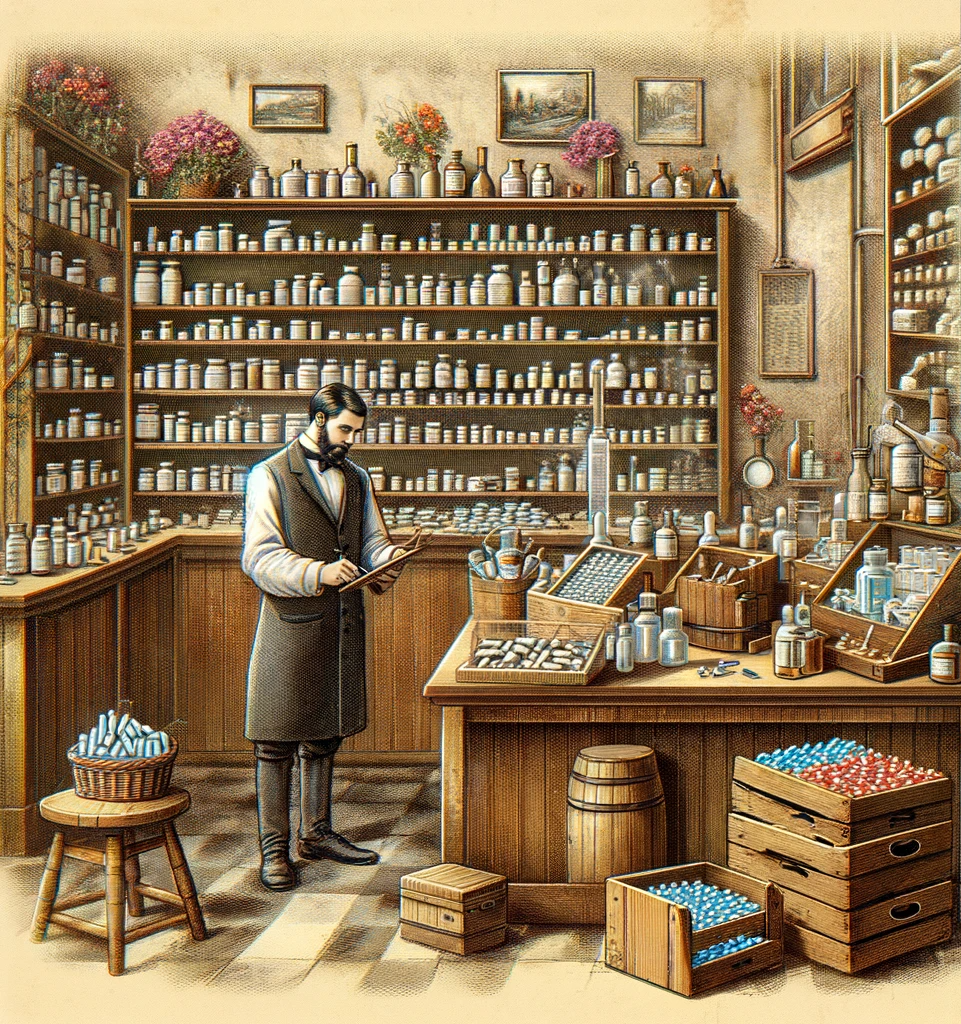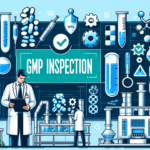Introduction
In the ever-evolving world of pharmaceuticals, quality assurance (QA) has been the backbone, ensuring the safety and efficacy of drugs. From its humble beginnings to its current state-of-the-art processes, the journey of QA in pharma is a fascinating tale of innovation, regulation, and commitment to health.

The Early Days: Quality by Inspection
The concept of QA in pharma dates back to when pharmacists would visually inspect and test their concoctions. This era was characterized by a lack of standardized processes and guidelines, where the emphasis was on individual skill and integrity. The 19th and early 20th centuries saw the rise of industrial-scale drug manufacturing, yet QA was still rudimentary, focusing mainly on final product inspection.
The Thalidomide Tragedy: A Turning Point
The thalidomide tragedy of the 1960s, where a supposedly safe drug caused birth defects in thousands of babies, was a wake-up call. This incident led to stringent regulations and the establishment of agencies like the FDA. It marked the shift from merely inspecting the final product to ensuring quality at every step of the manufacturing process.
Good Manufacturing Practices (GMP): A New Era
The introduction of Good Manufacturing Practices (GMP) revolutionized QA in pharma. GMP set forth guidelines that cover all aspects of production, from raw material selection to staff training and facility cleanliness. This approach not only improved product quality but also brought consistency and reliability to the industry.

The Digital Leap: Incorporating Technology
The advent of digital technology brought about a seismic shift in QA. Automation and data analytics enabled more stringent and efficient monitoring of processes. Computer systems ensured traceability, and digital record-keeping enhanced transparency. Companies like Zamann Pharma Support GmbH have been at the forefront, integrating cutting-edge technology to elevate the standards of QA in the industry.
Current Trends: AI and Machine Learning
Today, artificial intelligence (AI) and machine learning are setting new frontiers in QA. AI algorithms can predict potential quality lapses and automate complex data analysis, leading to early detection of anomalies. This proactive approach to QA not only saves time and resources but also significantly enhances product safety.
The Role of Quality Assurance Professionals
Behind every technological advance are the QA professionals whose expertise drives the industry forward. Continuous training and upskilling have become imperative to keep pace with the rapid changes. Companies like Zamann are investing in their workforce, ensuring that their teams are equipped with the latest knowledge and tools.
The Future: Towards a Safer Pharma World
As we look to the future, the role of QA in pharma will only grow in significance. With the advent of personalized medicine, biologics, and complex formulations, ensuring quality will pose new challenges. But with companies like Zamann leading the way, the pharma industry is well-equipped to meet these challenges head-on, ensuring that patient safety remains the paramount goal.
Conclusion
The evolution of quality assurance in pharma is a testament to the industry’s commitment to patient safety. From manual inspections to AI-driven analytics, QA has come a long way. As we forge ahead, it’s clear that embracing innovation and upholding stringent quality standards will continue to be the cornerstone of pharmaceutical excellence.







